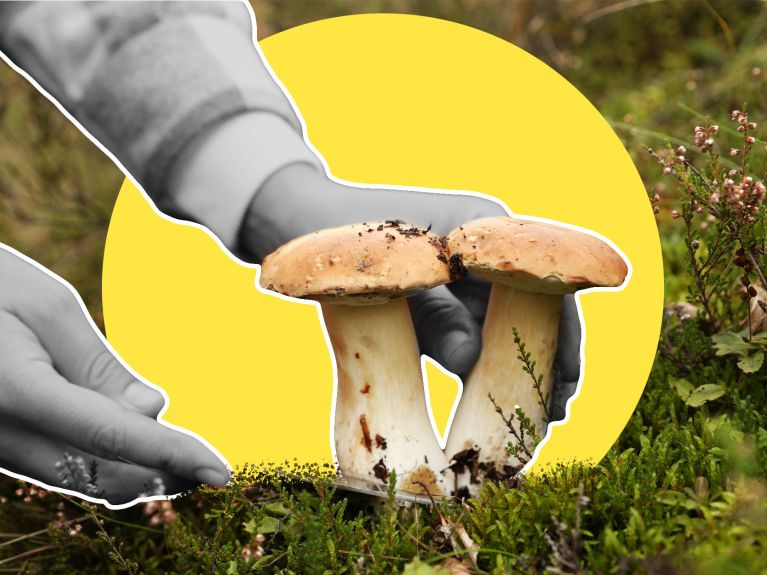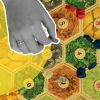Foragers in a mushroom paradise
Foraging for mushrooms is making a big comeback in Germany: from influencers to families - everyone’s heading into the woods looking for treasure.

Gathering mushrooms used to be seen as a somewhat bizarre hobby for retired biology teachers and overzealous boy scouts. Now it’s bang on trend. All over Germany, from the Spessart region to the Black Forest, influencers, young families and “forest bathers” are to be seen roaming through the undergrowth carrying wicker baskets: they are out hunting for ceps, chanterelles and parasol mushrooms. Fungi influencers are literally springing up like mushrooms.
But why now, all of a sudden? For one thing, anything with a “back to nature” vibe is en vogue – from fermenting to wild herb smoothies. And for another, the damp summer has transformed the country’s forests into a true mushroom paradise. What used to be just good luck on a Sunday afternoon is now virtually guaranteed: if you look down at the forest floor, you’ll spot a mushroom.
That said: as with many other things, Germany has strict rules governing the collection of wild mushrooms. In many of the country’s states, mushrooms can only be picked for personal use: normally, no more than one to two kilos can be collected per person per day. And yes, there are people who check that this rule is enforced. With good reason too, as the market value of wild ceps or morels is not to be sniffed at, and professional foraging is forbidden.
However, the biggest obstacle remains that age-old problem - good to eat or deadly poisonous? Mushroom advice points, which many cities actually offer, are seeing record numbers of enquiries these days. After all, the mere mention of the word “death cap mushroom” - the deadly poisonous doppelgänger of the much-loved button mushroom - will wipe the smile off the face of even the most passionate nature-lover.


